Part of the appeal of mirrorless cameras has always been the promise of a more compact kit, something outdoor photographers like myself could easily bring on long hikes or to remote destinations. With the SIGMA I series of compact, all-metal prime lenses — especially paired with a compact mirrorless camera body like the SIGMA fp L — I am now able to bring high-quality primes on location without the back pain of years past. In fact, I brought three I series prime lenses on a trip to the Pacific Northwest with great results, and I was curious how the I series would continue to develop.
To my surprise, SIGMA released another 24mm I series lens, this time a F2 version, geared more toward low-light shooters and night sky photographers… so of course I was eager to give it a try!

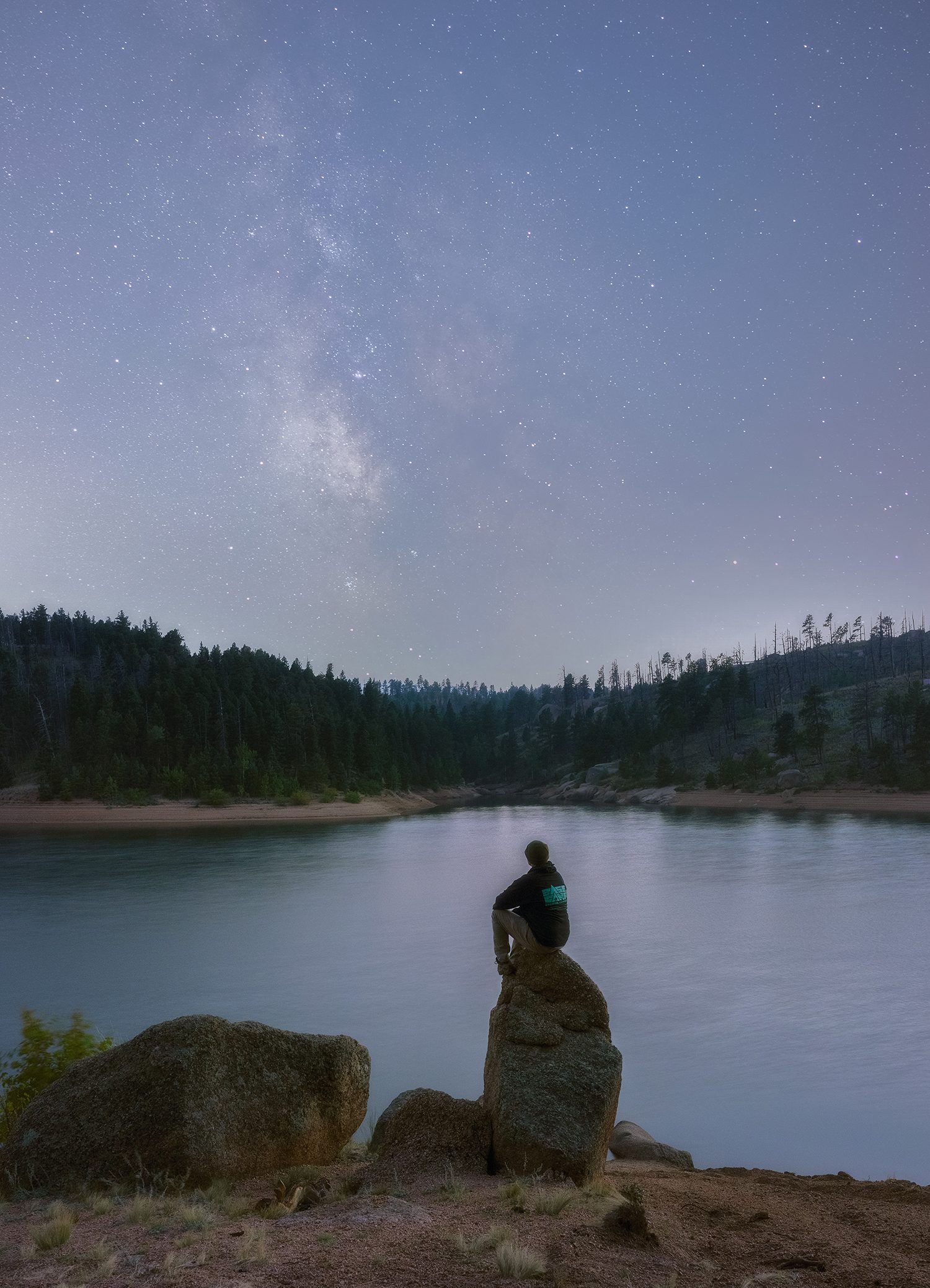
First Impressions of the 24mm F2 DG DN | Contemporary
Let’s get into some early impressions when I first got the SIGMA 24mm F2 DG DN | Contemporary out of the box:
As with all SIGMA lenses, this lens is classic black, but this I series lens has an all-metal exterior. It’s also quite small and compact, although a bit larger than the 24mm F3.5 DG DN | C. At just 3.5 inches long and 2.5 inches wide, and weighing just 13 ounces, this lens is definitely still easy to carry. With smaller mirrorless cameras, it only makes sense to have lenses that match in size and quality, and with the 24mm F2 DG DN | C mounted on the SIGMA fp L, it was a match made in heaven. Super light, super compact and yet allowed me to create incredible high-resolution images.
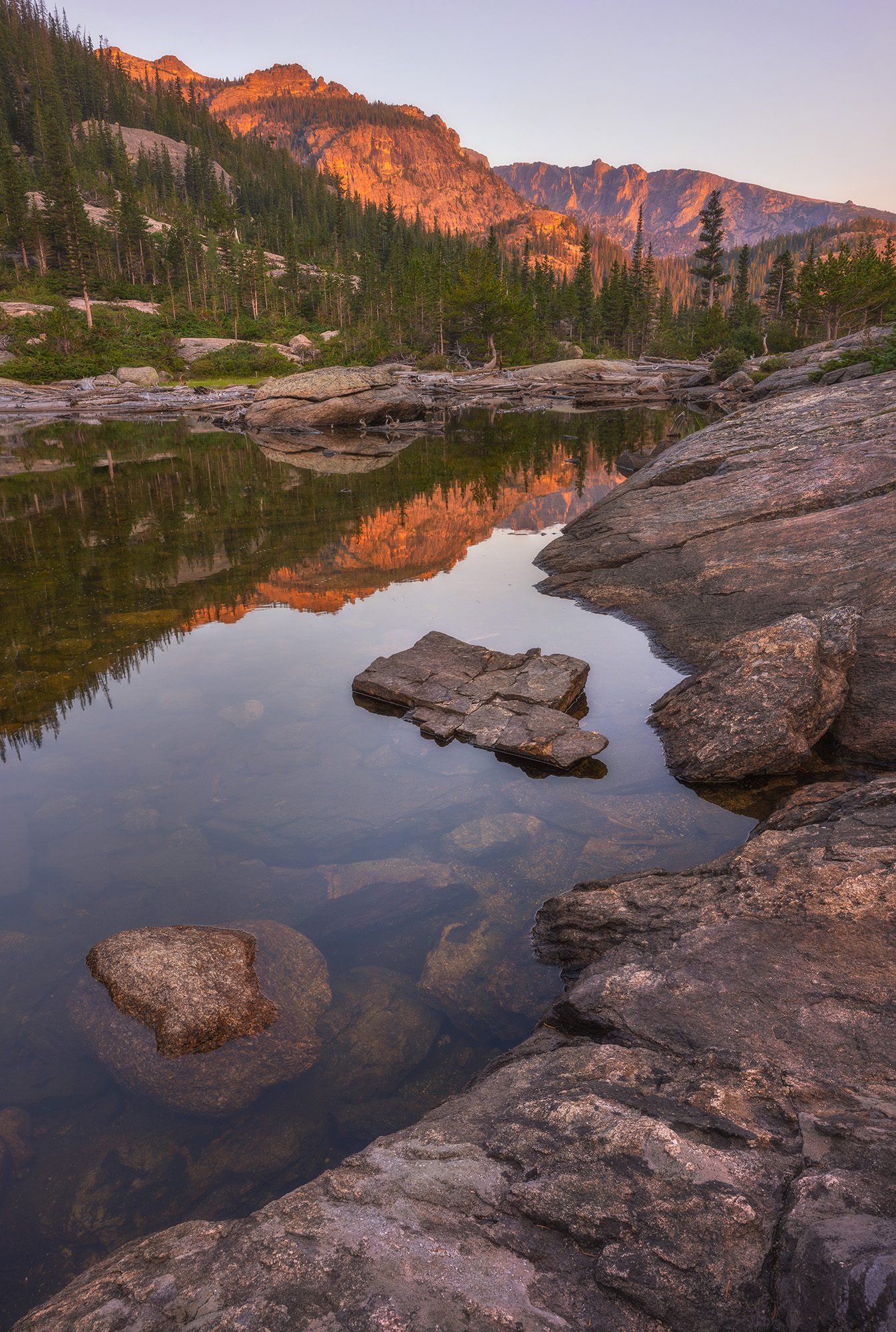
Other features include a smooth manual focusing ring, AF/MF switch, metal lens hood, magnetic lens cap, and a manual aperture ring with click stops. The manual aperture ring is a great touch and the AF/MF switch is easy to access and toggle between. As an old-school film shooter, I love the feel of the aperture right at my fingertips.
Daylight Shooting with the SIGMA 24mm F2 DG DN | C
The SIGMA 24mm F2 DG DN | Contemporary lives up to the reputation we have come to know and love from SIGMA. Because this lens is specifically designed for mirrorless cameras, it almost has a “kit lens” size to it, but don’t let the dimensions fool you. The lens arrived a few days before I took off to Moab, Utah, and I wanted to just run a few test shots through it to get a feel for what I was working with. I didn’t have any grand landscapes in front of me in those short days, so I decided to go to the extreme and shoot wide open at F2 and see how the bokeh looked.
It’s easy to see that the lens did exactly what was expected. Super sharp at the point of focus and nice bokeh around the center of focus. Both of these images were taken just a few moments apart from different angles.
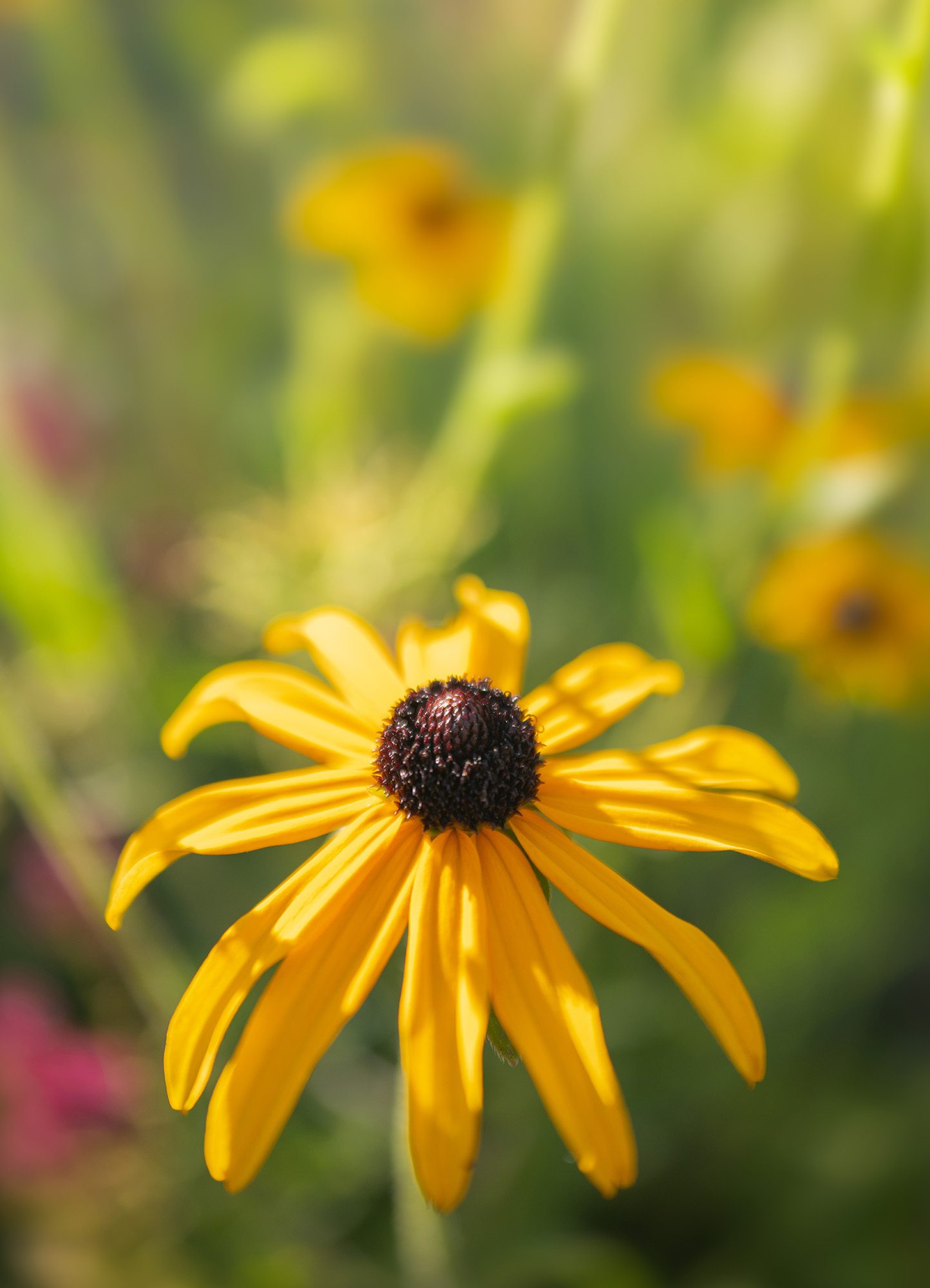

Flower close-ups are fun, but I knew it was time to really put this lens to the test. After all, shooting grand landscapes and nightscapes was how I planned on using the lens. With its small size and weight, this lens was perfect to carry around all day and night without any strain on the body. Coming in at just under a pound really makes it a perfect match for the SIGMA fp L.
When I got to Moab it was raining, and I wanted to take advantage of the dark skies and muted landscapes. This was also a great opportunity for me to test the autofocus in less-than-optimal conditions. The lens was as quiet as a mouse and nailed the focus every time.

A versatile 24mm focal length really allows you to be a bit more creative when composing a scene. I found this V-shaped rock (below) that was accentuated by the light, and I knew I wanted that as my foreground. I got down low with the 24mm F2 DG DN | C instead of shooting at eye level. By doing this, I was able to capture all the elements of the scene without having to make sacrifices or move around too much to find the right distance from my scene.
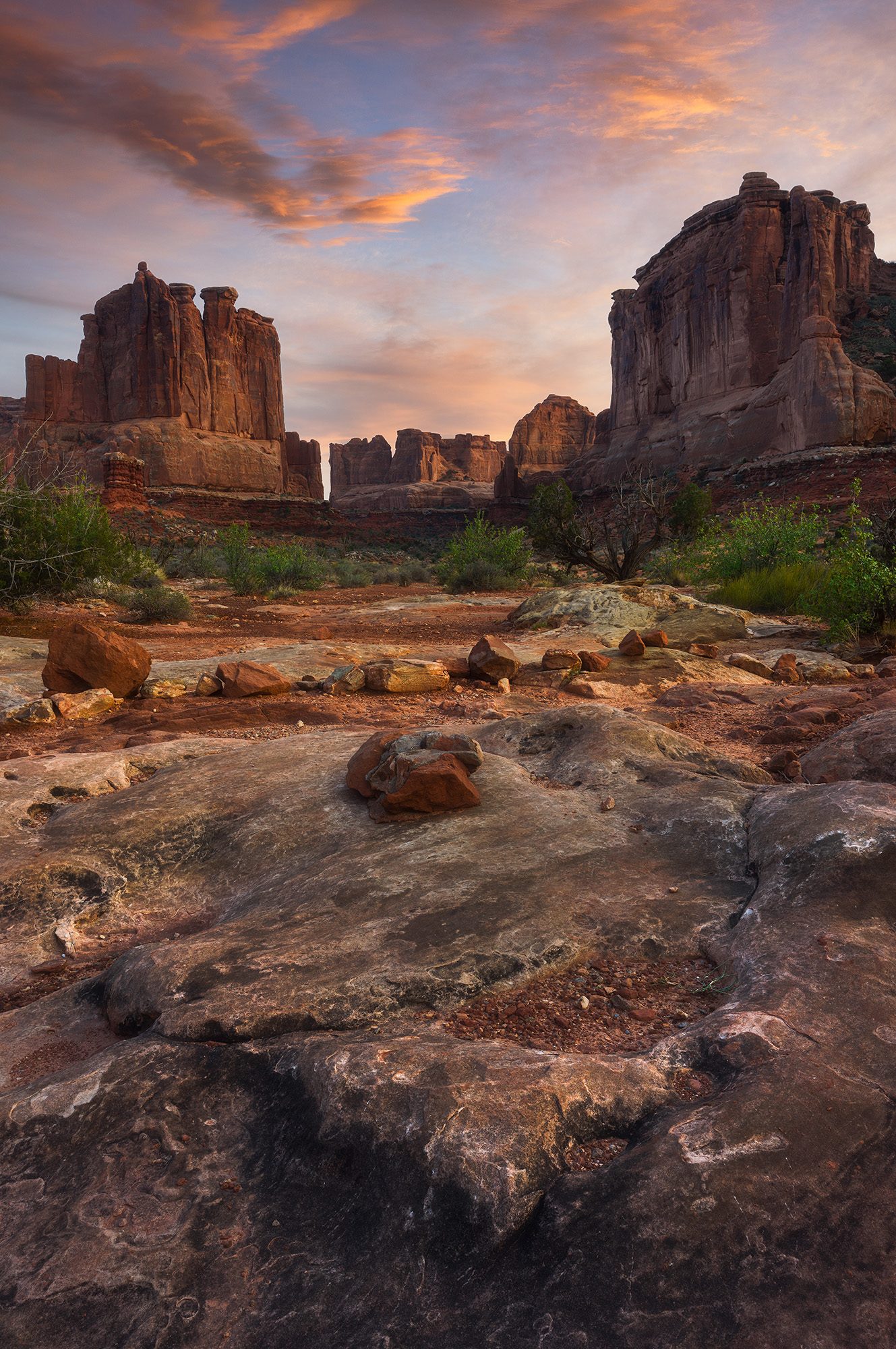
Night Sky Photography with the SIGMA 24mm F2 DG DN | C
I was confident that after seeing what this lens was capable of in the daytime that it would also excel at night photography. One thing a picky night photographer will look for in a good lens is how much coma is produced at the widest F-stop. Naturally, I was curious and at first I wasn’t sure I wanted to shoot at F2. I knew I had better take the test shots, and I was blown away.
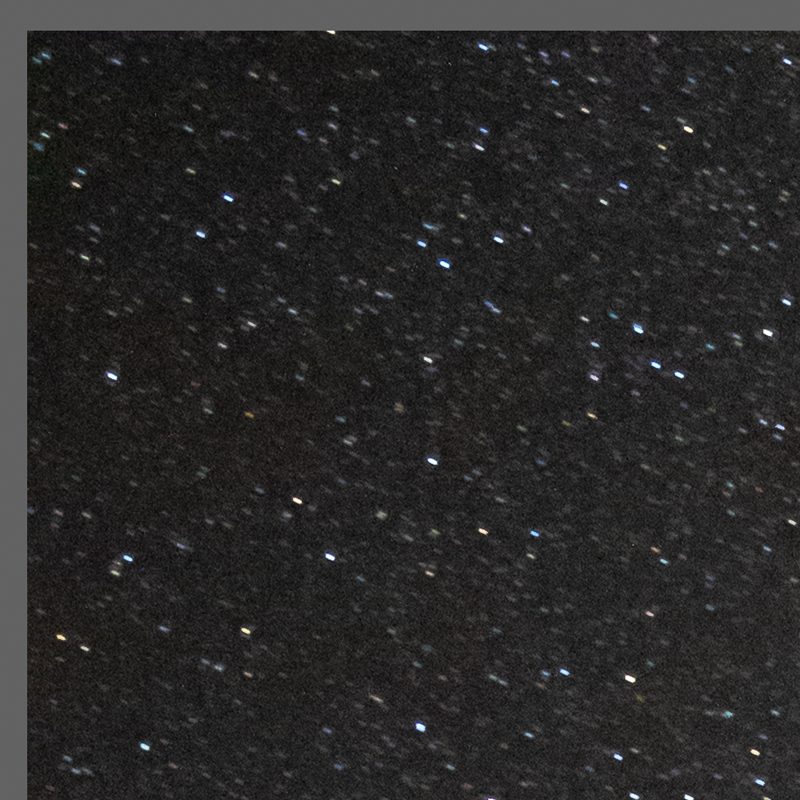
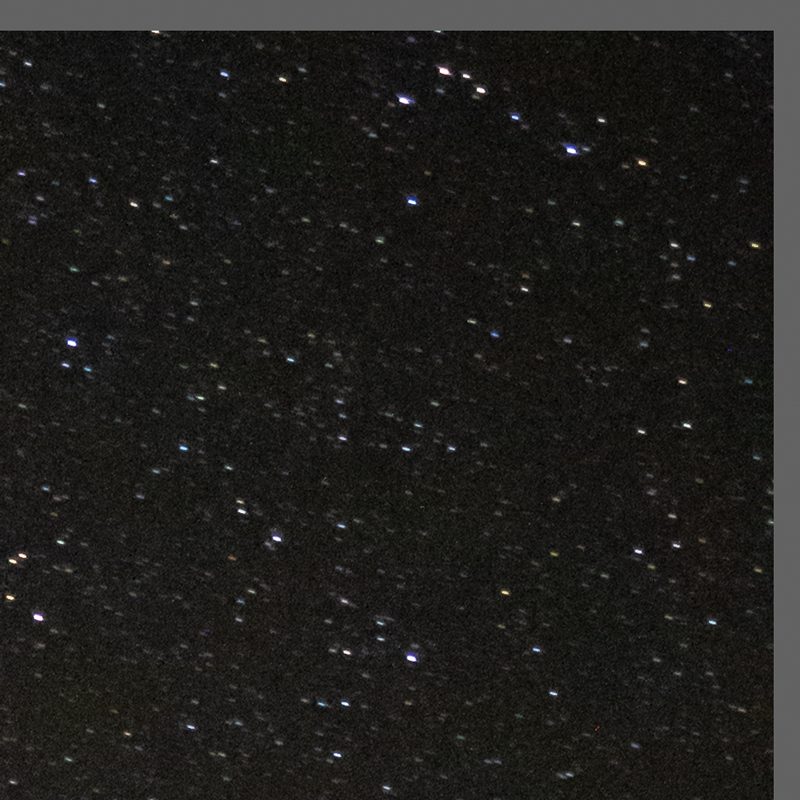
How could it be that an F2 lens can actually be shot at F2 without producing any odd shapes or coma in the far extreme corners? I had to shoot again and again to make sure I was really seeing what I was looking at. NO coma. This means no cropping and allows you to work with larger, full-size native files. When I got home and looked super close I did notice a star or two right near the very top that had a slight amount of coma. If you look very close at the second image you can see it, but this is about as close to perfect as you can get for a night photographer. I was happy! I was so happy that I shot an additional 587 images at F2 while I was in Moab.
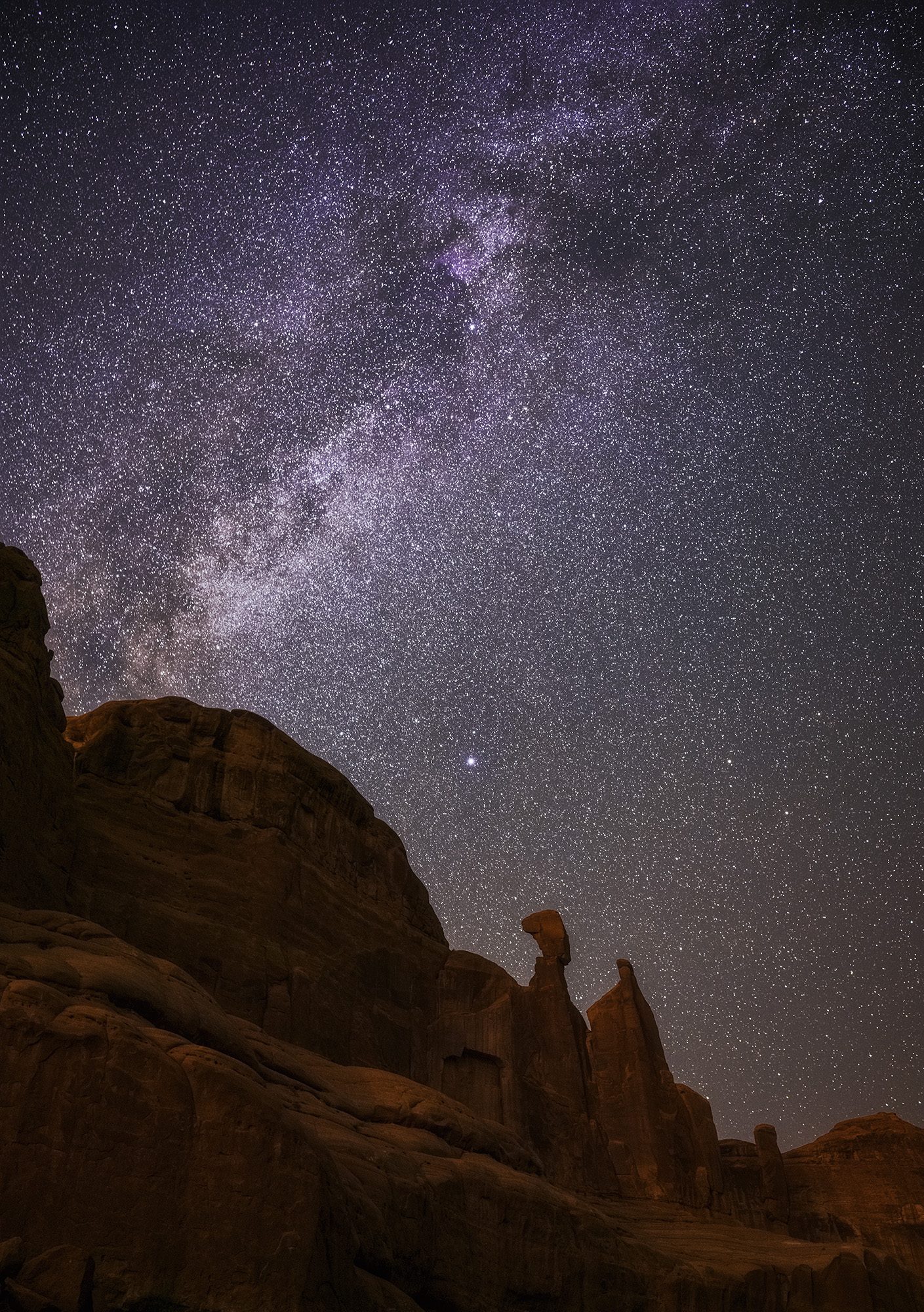
Shooting at night with the 24mm F2 DG DN | C was such a pleasure. Taking the image and then reviewing it on the back of the camera was amazing. Seeing how well the lens resolved the light and details on a super high-res sensor gave me great confidence in knowing these images can easily stand up to or surpass the level of quality I have come to expect.
They say the lens is the most important part of capturing an image (technically speaking, anyway). After all, the light that reaches your sensor is only going to be as good as the lens it goes though. I found this out years ago when I was upgrading cameras rather than lenses, and I wish I had known how much of a difference a quality lens makes.
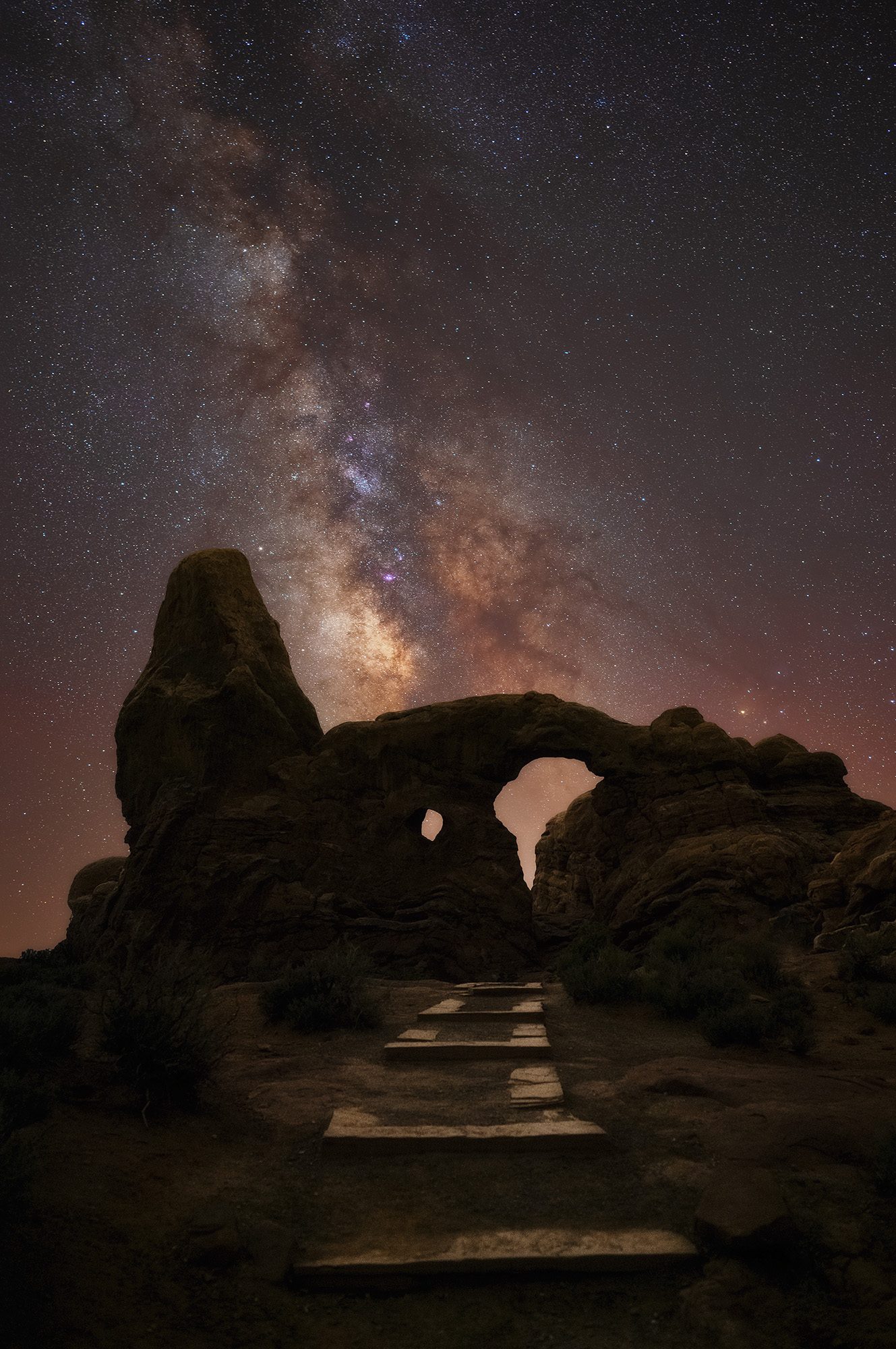
For astrophotography and landscapes alike, color rendition can be an important factor when purchasing a lens. I always try to get the color in the camera as close to what I see with my own eyes. At night, it’s a little different. Sometimes there can be other light sources way outside the frame that can influence the colors in the image. I look back to the corner images above and it’s easy to tell the stars have both warm and cool tones to them. This tells me that the lens does a great job with color when the camera is set to standard color and shooting on RAW (DNG).
Shooting Landscapes at Smaller Apertures
With general landscapes, a sharp lens is a key tool in any photographers bag. Having a lens that works well wide open and stopped way down is even better. Generally, I don’t shoot landscapes with F-stops of 11-22. I wanted to really put this lens to the test without missing anything that I may regret down the road. Shooting at ISO 50 and F20, I was a little concerned that the edges would be a tad soft. I was wrong. The 24mm does such a great job even stopped way down. This allowed me to get maximum depth of field and not give up any sharpness.
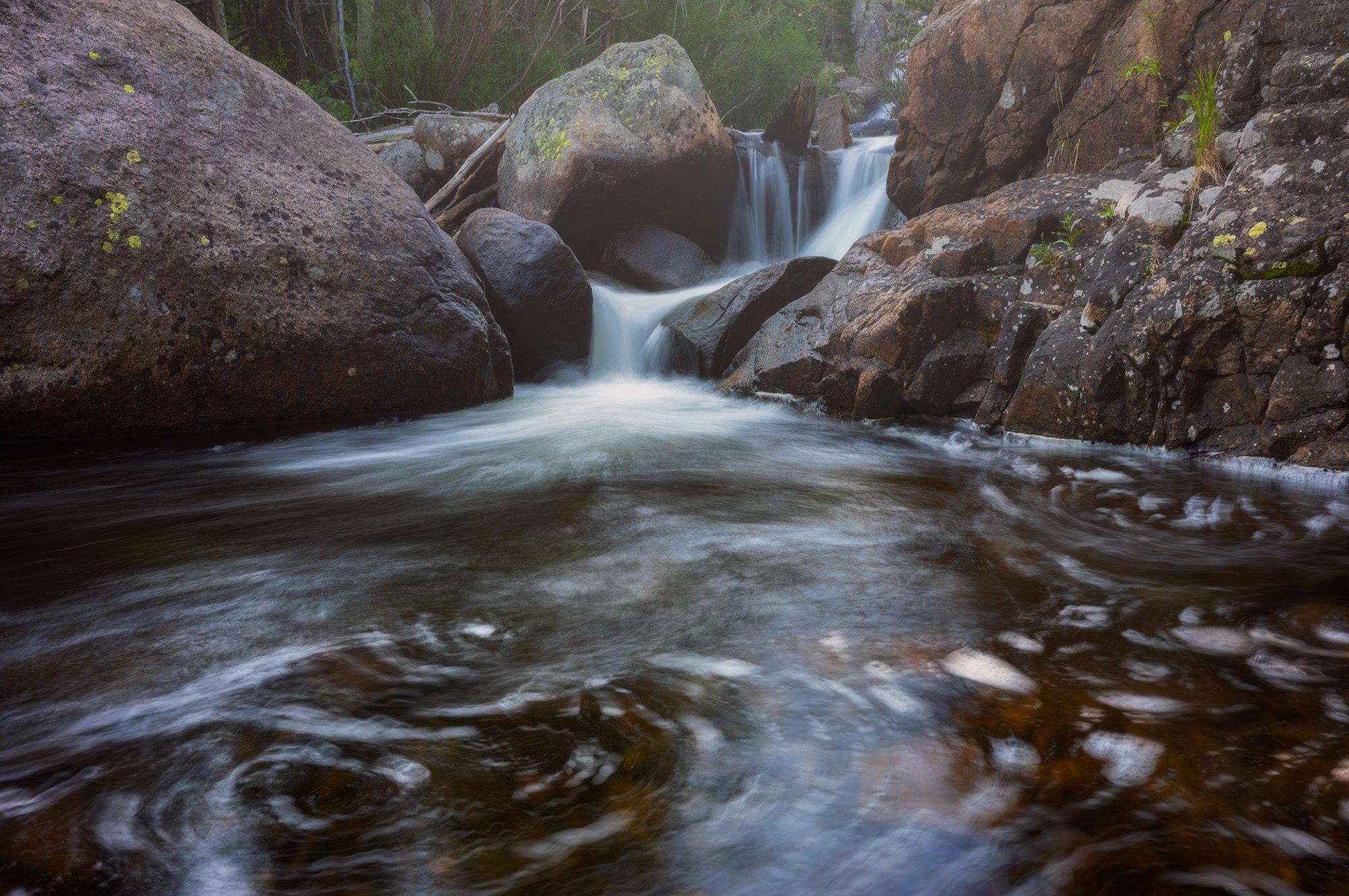
We all have that magic F-stop we love to shoot at. Of course, it will be different based on the type of photography we are doing. Ever since I started using SIGMA lenses 8 years ago, that F-stop has been F7.1. I don’t know why, but 7.1 on almost all my SIGMA lenses is just a super sweet spot for landscapes when the foreground isn’t right in your face. With the 24mm F2 DG DN | C, it’s easy to get everything in focus when shooting wide scene landscapes like these.
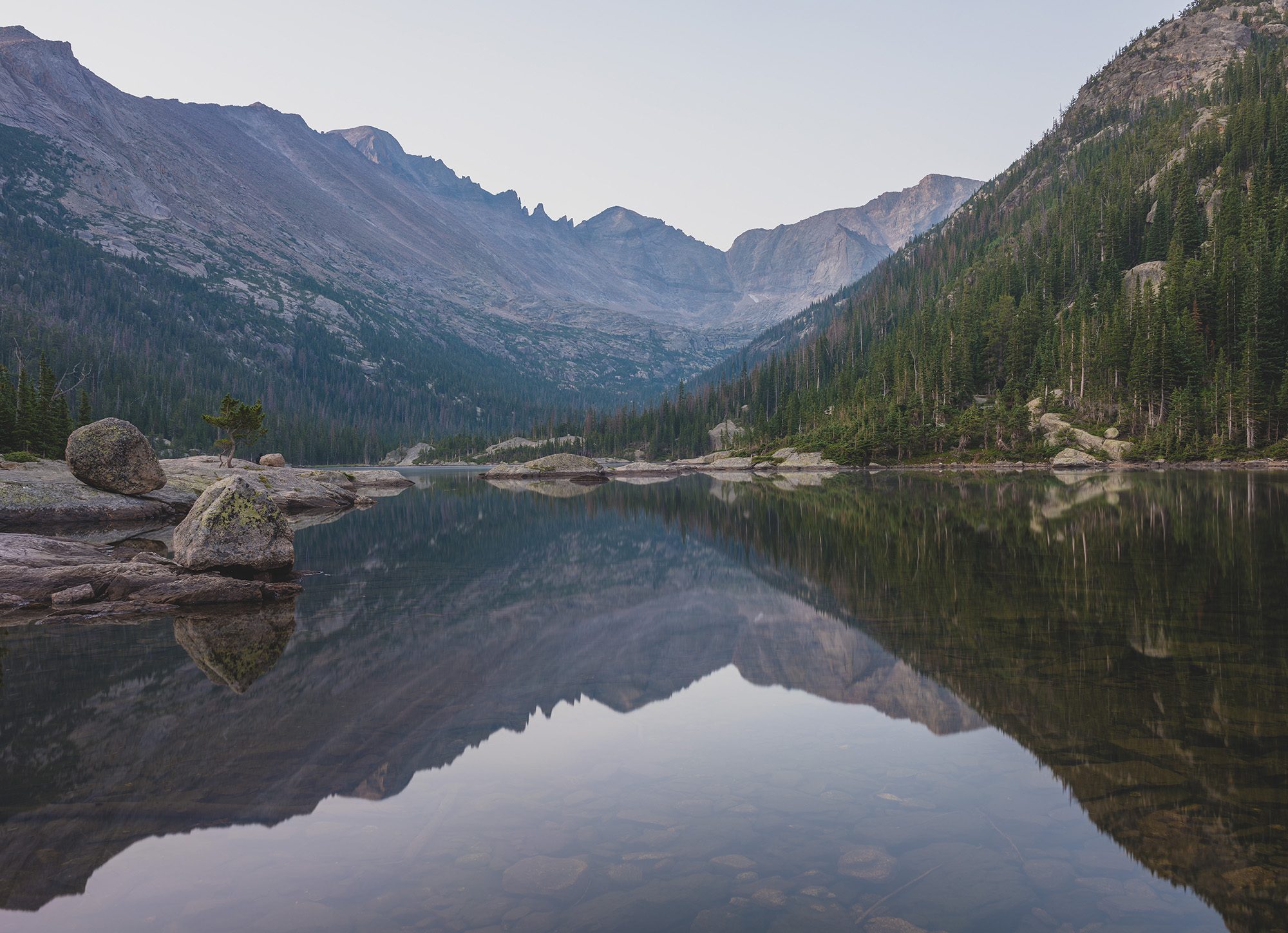
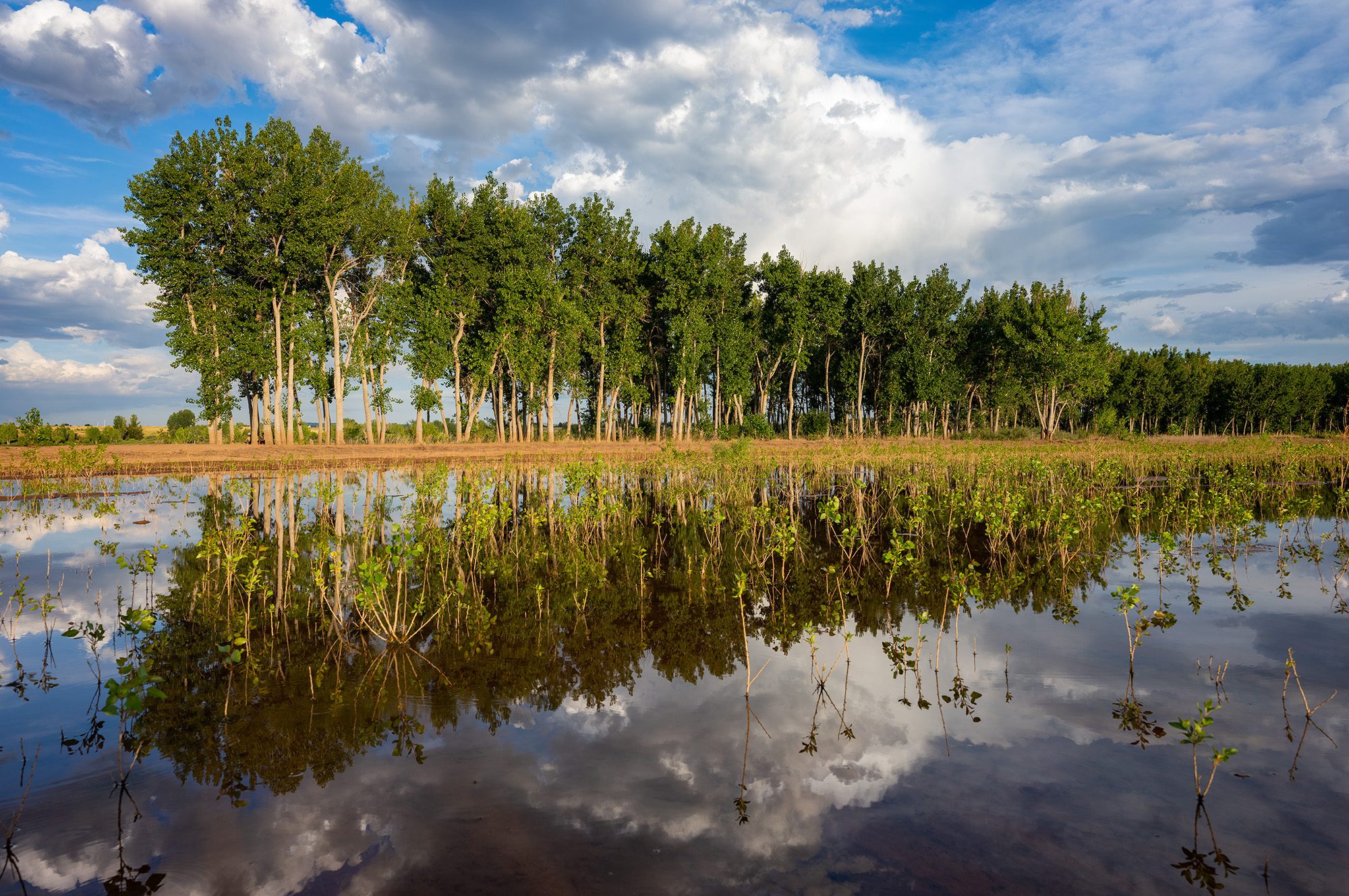
Final Thoughts
From size and weight to build quality and sharpness, the SIGMA 24mm F2 DG DN | Contemporary lens covers all the bases. Landscape and Astro photographers will rejoice when they see the quality of images coming from a lens of this size. Even though it’s classified as a Contemporary lens, it easily matches the quality I get from my SIGMA Art lenses. And the 24mm focal length is probably the most versatile out there. You can shoot wide or even use the lens for portraits, too. In fact, I plan on shooting my daughter’s school images with this lens soon.
If you need a lens that is light, sharp and solidly-built, look no further. With an F2 aperture you can pretty much shoot anything from astro and concerts to landscapes and street scenes, as well as family snapshots with kids playing and moving fast.
With the SIGMA 24mm F2 DG DN | Contemporary, you’ll get to enjoy excellent image quality without having to lug around a heavy lens, no matter where life takes you. I know this lens will be with me on my next hike up in Rocky Mountain National Park!

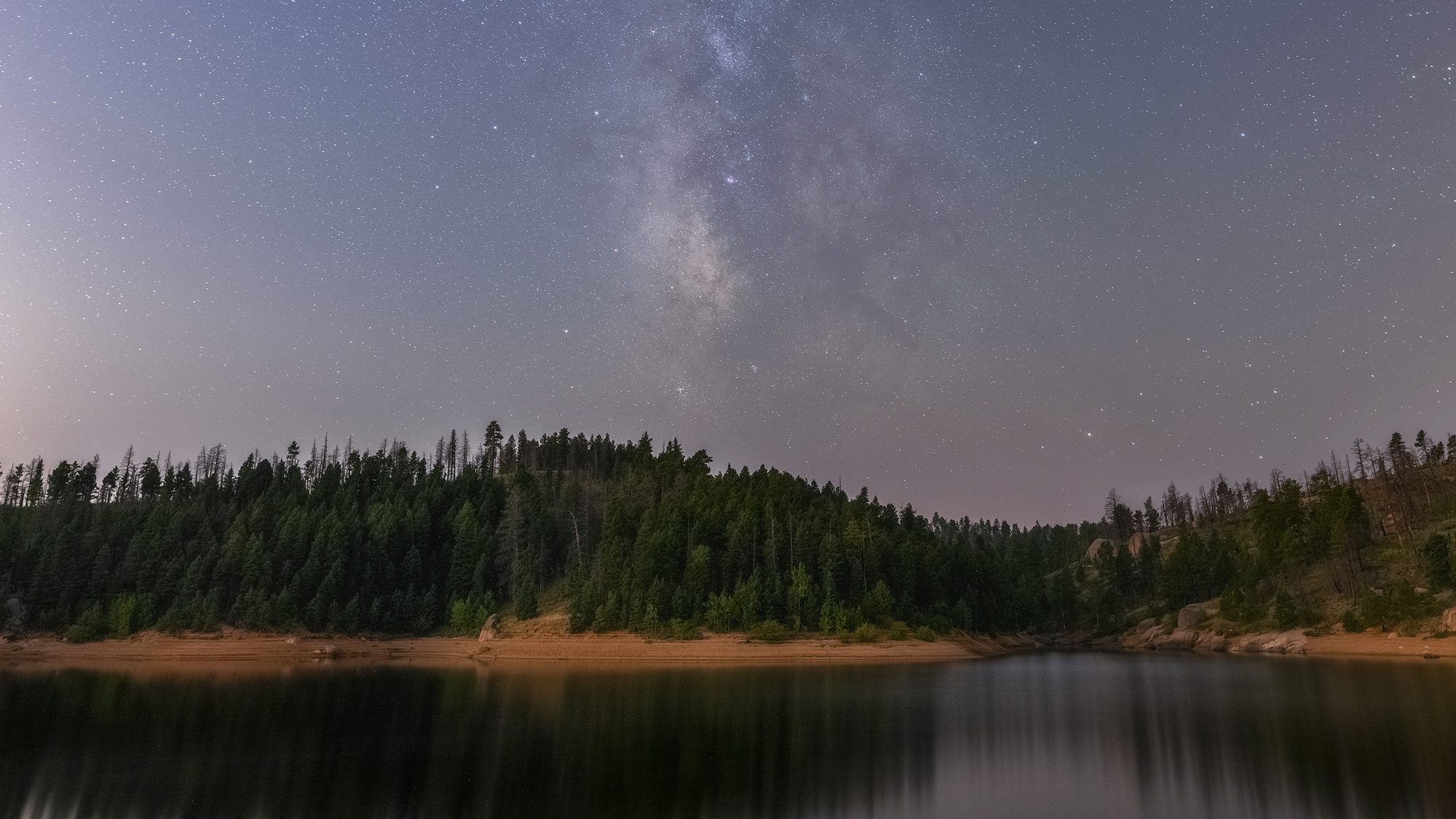
It is a very old rule, f8 and be there! These are fine lenses. FPJ